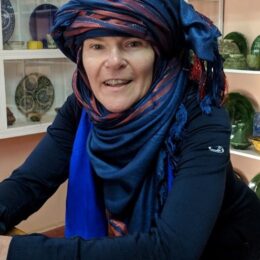Historical Romance
About Vicki
News
Latest Newsletter
What to do with 25,000 American sailors for a fortnight? The background for the story The Battle for Eliza.
It isn’t well known, but in July 1925, Australia played host to a peacetime visit by a total of fifty-seven vessels and approximately twenty-five thousand officers and men of the United States Navy.
Melbourne, as the official capital of Australia and temporary seat of Federal Parliament at the time, received the largest contingent – forty-three vessels – including the flagship USS Seattle, and three battleships, USS Pennsylvania, USS Nevada and USS Oklahoma, which docked at Princes Pier in Port Melbourne on Thursday 23 July. Other vessels berthed at Victoria Dock (now part of Docklands) and across Hobson’s Bay itself. It must have been a sight to see.
The city was gripped with joie de vivre – ten thousand officers and sailors! The plans of the female population included ensuring a reserve of sleep in the weeks before and then cramming all they could into the daytime and dancing hours of the fortnight that followed.
Entertainments included official receptions, a march through city streets, balls and other dancing, a race meeting, baseball matches, boxing matches, rifle shooting, gala performances at the theatres and cinemas, afternoon teas, dinners at family tables, numerous motor and train days to destinations outside of Melbourne and much more. Interestingly, these were detailed in the daily newspapers including dates, times and venues. I could not imagine this degree of openness today. Full List of Fleet Entertainments – 2 Week Programme
The fleet departed on Thursday August 6. Onboard a kangaroo named Okey – the new mascot for the battleship USS Oklahoma. Although various reports suggest a variety of animals found themselves bound for Wellington New Zealand, the fleet’s next port of call, including a talking cockatoo and a couple of opossums. In return we were promised two American bison for the Melbourne Zoo.
Wives were also a collectible of the two weeks visit and many more promises by the men to return.
Subscribe
If you’d like to connect, receive my free newsletter each month and a complimentary copy of my short story romance, Never Too Late, subscribe below:










